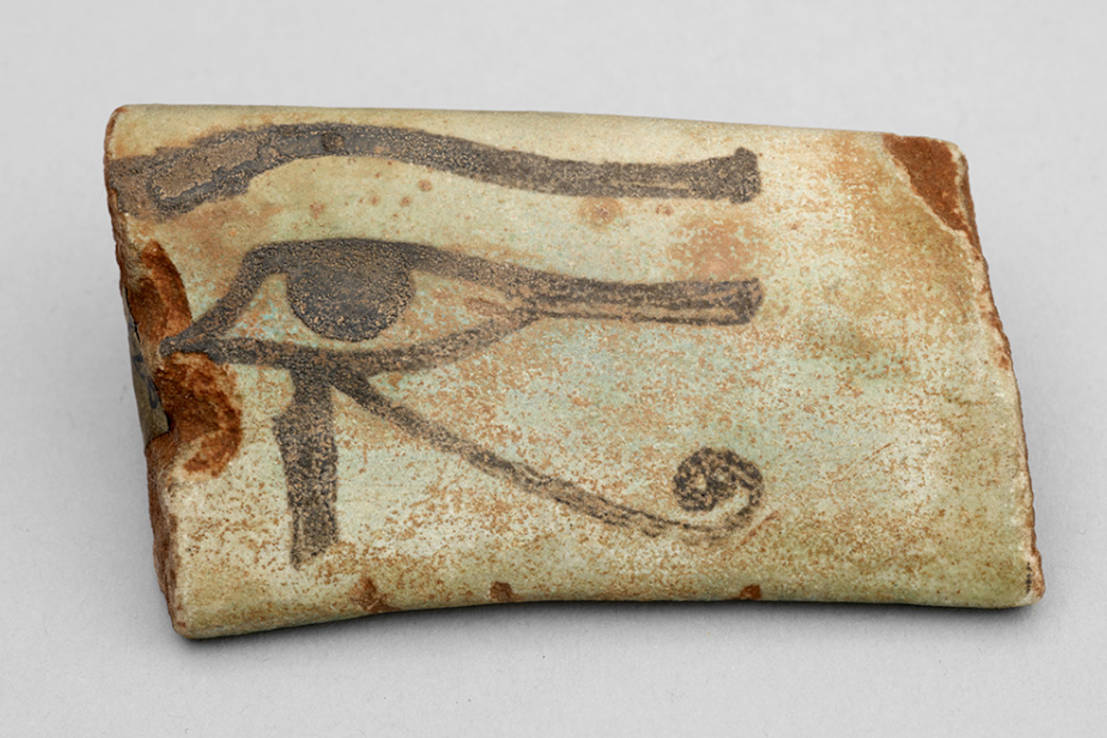
in Polski / Polish translated by Olivia
This object has been translated into 12 different languages by 15 different users
Stało? się popularnym symbolem ochronnym, specjalnie dla zmarłych. Był w powszechnym? użyciu? przez około 3000 lat, od Starego Państwa do Ery Rzymskiej. Był również używany w ościennych kulturach, na przykład Kananejska, Syryjska i Nubijska Kultury. Czy jest coś, co trzymasz jako talizmych? szczęścia lub ochronę?
This is another bit of the text that I forgot to translate the first time I submitted this!
Report License: CC Attribution - Creative Commons Learn moreDo you have something you’d like to say, in your own language or English, about the object or translation? We’d like to hear what you think.
Translations are community-sourced and for anyone to participate in, however you use your language. For more information, see Community Guidelines.
19 Dec, 2025
Do you have a spam issue on this blog; I also am a blogger, and I was curious about your situation; we have developed some nice methods and we are looking to exchange solutions with others, please shoot me an email if interested.
http://www.vorbelutrioperbir.com
23 Sep, 2023
Italians, especially in southern Italy, are well known for their attachment to superstition. Therefore, it is not surprising that good-luck charms are particularly popular. Arguably, the most popular amulet is the “cornicello” or “cornetto” (meaning “little horn”). The amulet is believed to protect against “malocchio” (“evil eye”), and it is commonly found in the Italian regions of Campania, Lazio, Puglia, and Basilicata.
The cornetto is in the shape of a horn, and it can be made from metal, but it is most commonly red in colour. This makes them look very similar to chilli pepper, but it is meant to represent an eland horn. The cornetto finds its origin in Greek and Roman mythology as it is linked to another common symbol: the cornucopia. The cornucopia, also known as the “horn of plenty” is a symbol of abundance and it is commonly illustrated as a large horn-shaped container overflowing with fruits and flowers. Similarly, the cornetto is also associated with abundance and fertility and remains one of the most common Italian symbols of protection. If you ever go to Naples, you can be certain to see at least one cornetto be worn as jewellery, hung from the rearview mirrors of a car, or kept in a house for decor and good luck.